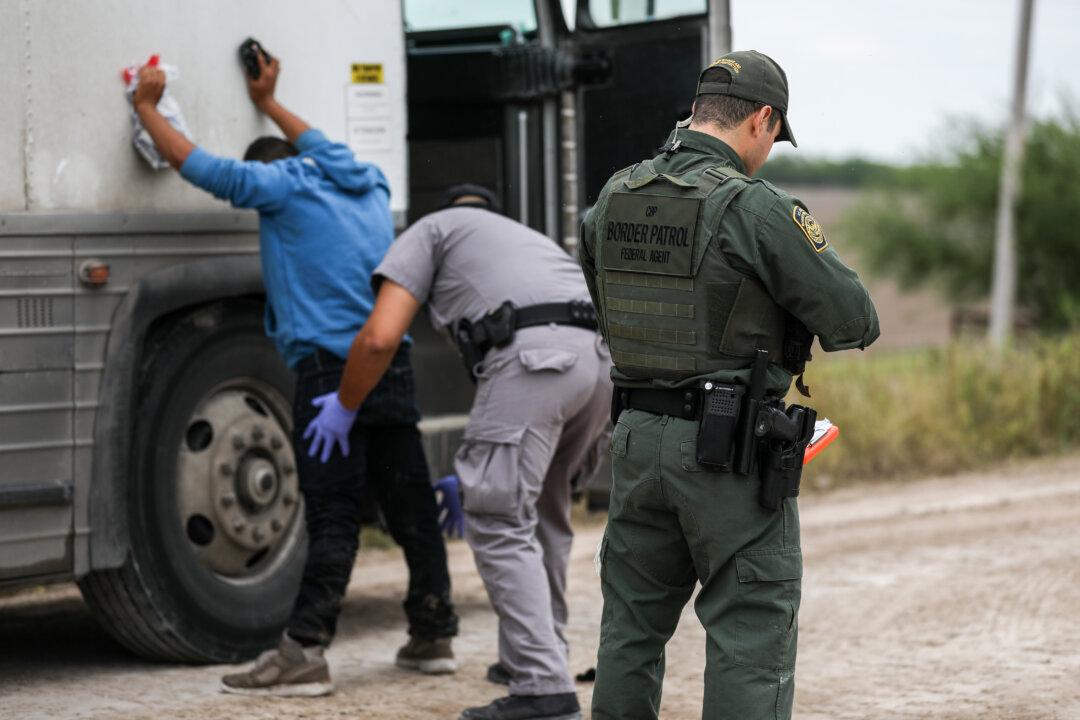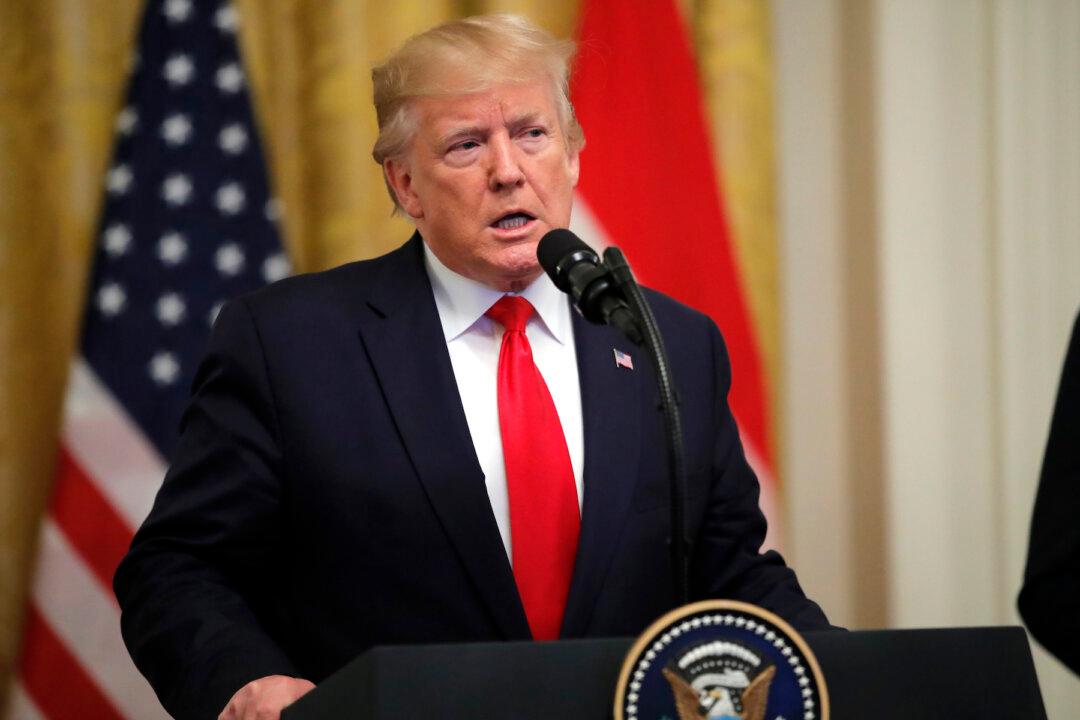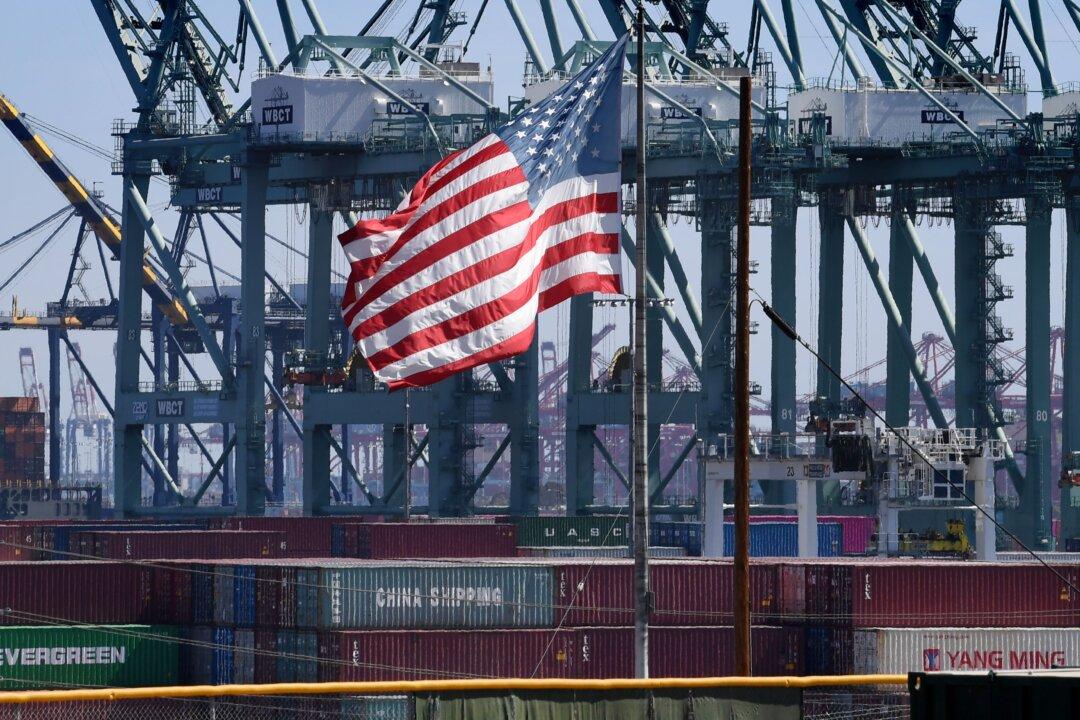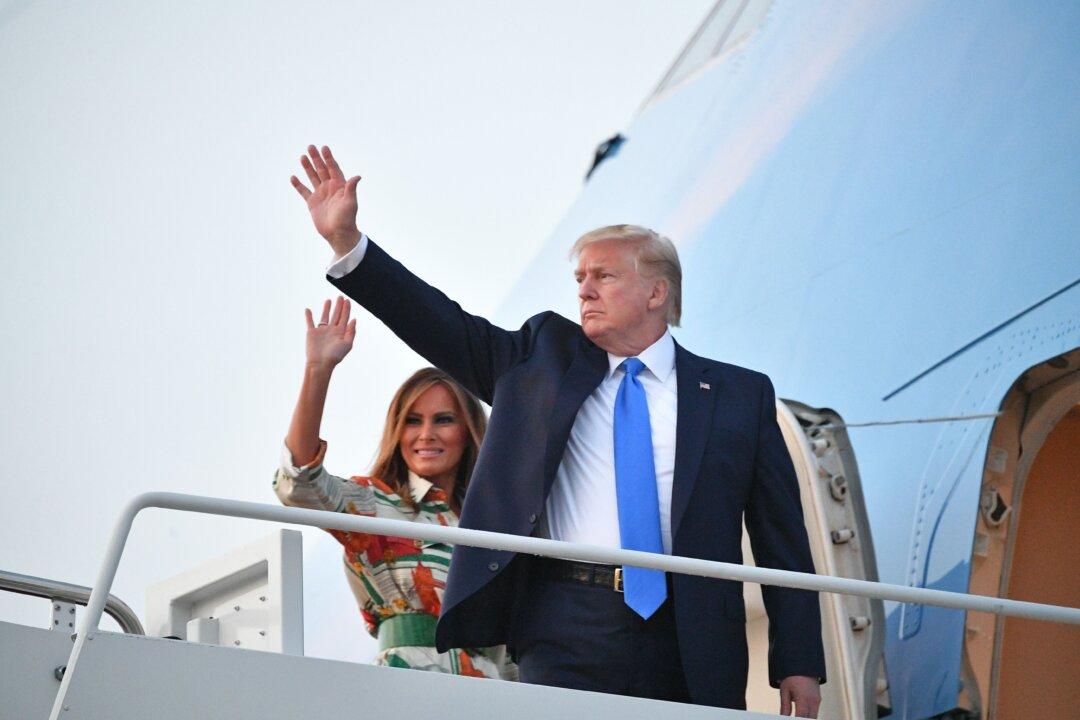The White House issued an April 22 presidential memorandum instructing the Department of Homeland Security and the secretary of state to find solutions to the problem of visa overstays.
“Nonimmigrant visa (visa) overstay rates are unacceptably high for nationals of certain countries. Aliens must abide by the terms and conditions of their visas for our immigration system to function as intended. Although the United States benefits from legitimate nonimmigrant entry, individuals who abuse the visa process and decline to abide by the terms and conditions of their visas, including their visa departure dates, undermine the integrity of our immigration system and harm the national interest,” reads the memo.





